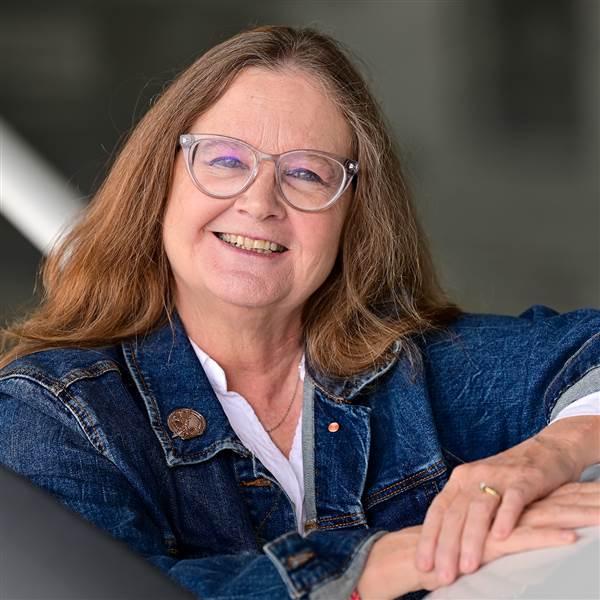You then use the TAS - along with true course and wind direction and velocity at cruise altitude, which you obtain from the winds-aloft portion of your weather briefing - to calculate a wind-correction angle. The TAS, adjusted for wind correction and true course, yields your estimated groundspeed. This is the speed of your airplane relative to the Earth's surface. It's the speed that you'll use to calculate fuel burn and estimated travel times for each leg of your trip.
There's no cruise control in an airplane - you can't push a button and keep traveling at a steady 110 kt. That's because you're flying in a three-dimensional environment in which winds can and do change direction and velocity. So you'll want to compare changes in groundspeed against your TAS. A tailwind can become a headwind that eats up your fuel reserve by causing your aircraft to fly more slowly across the ground and burn more fuel to travel the same distance. If you keep track of this, you'll know if you need to make a refueling stop sooner than you had anticipated, and you won't become a fuel-starvation statistic.

